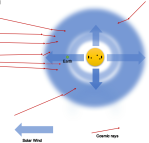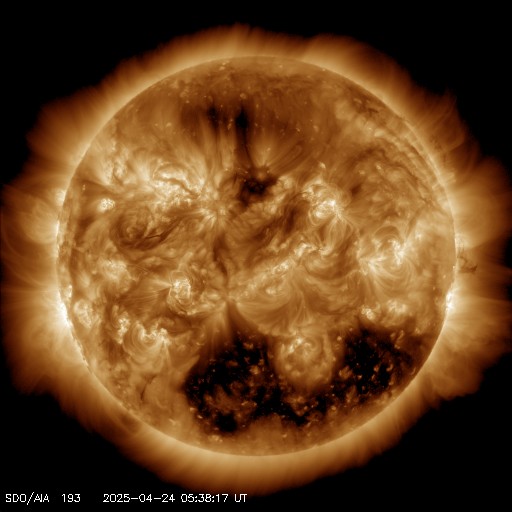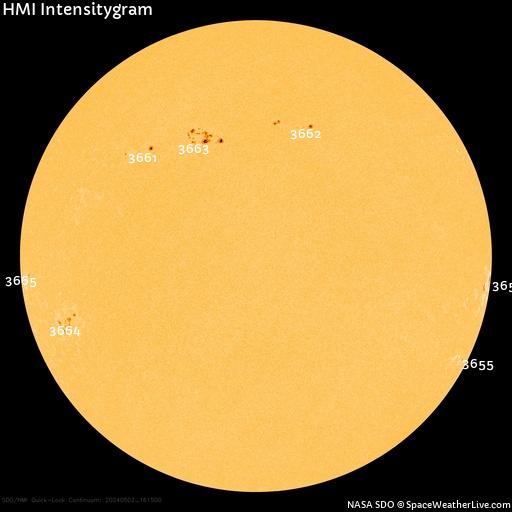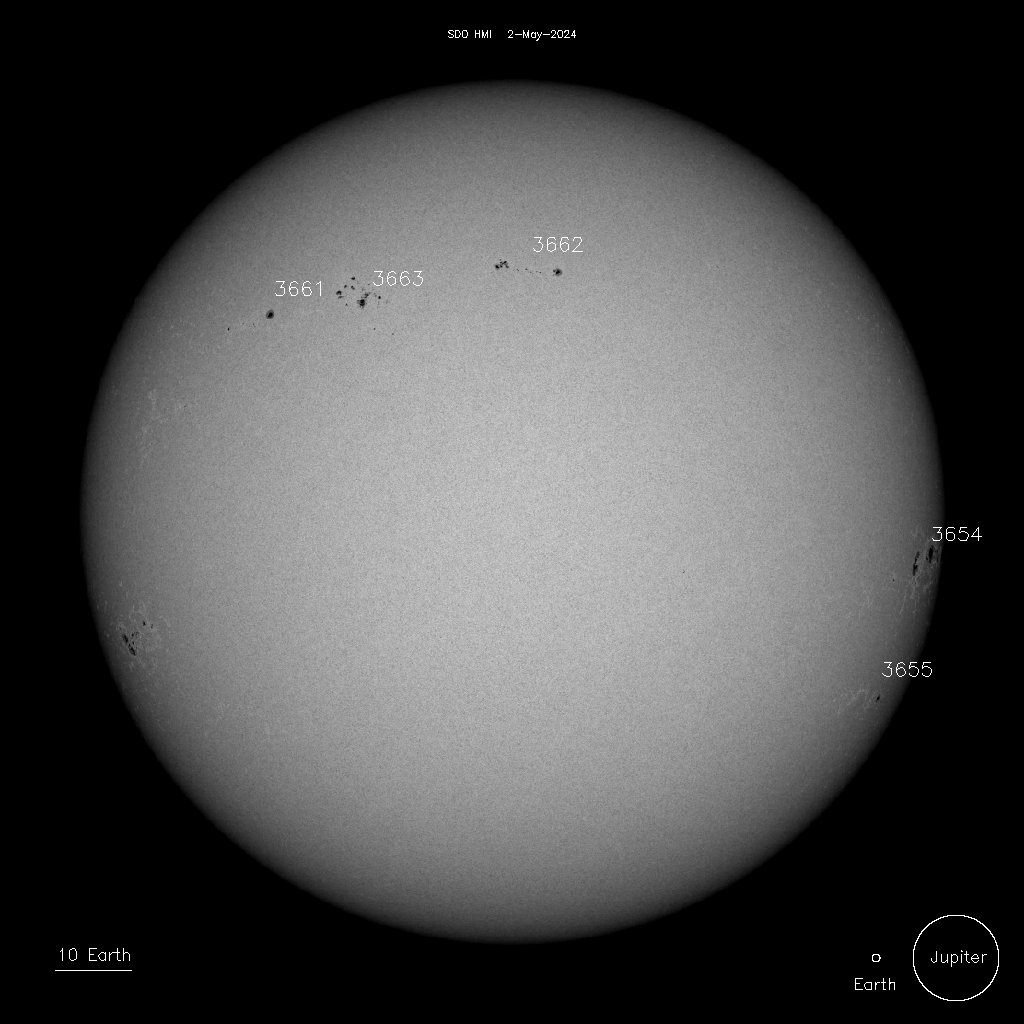Grand Solar Minima – times of peace. Paperback Version available here
Introduction:
It may be counterintuitive: periods of high solar activity – which are associated with a more stable and favorable climate – correlate with increased mass excitability, violence and war. In fact, throughout the last millennium, there were 4.6 times as many deaths from wars, genocide and persecutions in Grand Solar Maxima than there were in Grand Solar Minimum. Grand Solar Minima, the “bad-weather periods”, were times of relative peace and improvements in human rights.
In the 1920s, the Russian scientist Alexander Tchijevsky discovered that social excitability, wars and rebellions coincided with the peaks of the 11-year solar cycles. I found that within the past 1000 years, what is true for the cycles of solar minima and maxima of the 11-years (Schwabe-) cycles, also applies to the non-periodical cycles of Grand Solar Minima and Maxima (the correlation coefficient is r = 0.9, very high correlation). Whereas Tchijevsky determined that the political and cultural events of high excitability during Schwabe maximum in some cases also led to positive political and social reforms, the present investigation demonstrates that the corresponding uprisings and rebellions in Grand Maxima mostly ended up in totalitarian and collectivist systems, violent mob rule and imperialism.

Solar History – Sacha Dobler Anthropogenic Death Rate in the 2nd Millennium (bars) vs. solar activity in C14 (dark line)
A Grand Solar Minimum is the succession of several very low Schwabe cycles, a period of low sunspot number and a reduced solar magnetic field. They recur in non-periodical cycles, in clusters of roughly 200 to 400 years.
Although Grand Solar Minima involve agricultural and economic downturn and in the long run, often food shortages – they are characterized by cultural flourishing, philosophical developments in favor of reason, rationality and human rights. Wars and genocides are rare during Grand Minimum.
In this book we focus on the history of human behavior and social trends of the last 1000 years, in which 63 % of the deaths from wars, genocide, political purges and so on were accounted for in periods of Grand Solar Maximum or minor Grand Maximum, in comparison, only 13% of the killings took place in the same duration in Grand Minima. For previous millennia, we haven’t got enough data to assign the death toll to each decade accurately enough so it would allow to extend the picture further back in time. But we find a clear broad scale reduction in interpersonal violence throughout the past several millennia (see. Chapter 6)
Thus, the higher incidence of mass killings during Grand Maxima can be numerically defined. But I found there is not only a general inclination to war as far as quantity goes, but also the trend to especially irrational and mindless persecution and massacres during Grand Maxima.
In Part II, by narrating the history of the second millennium from the viewpoint of mass excitability, I illustrate how the mass killings in Grand Maxima were largely conducted under totalitarian, but also collectivist and egalitarian regimes that promised liberation from oppression, appealing to group ideologies and violent mob rule.
At these peaks of Grand Maxima, we see not only conquests and imperialism, but group extremism, purges of the undesired, witch hunts and excited masses who seem to forget why they are killing the “others” in the first place.
The term solar historywas introduced by the late Astronomer John Eddy in 1994: Solar History and Human Affairs, more specifically to the physical changes in the sun.[i]I allow myself to re-adapt the term for the present extended observation of the solar physical progression and human behavior in the footsteps of Tchijevsky.
The most important phase of the Renaissance unfolded from 1400 to 1600, centering throughout the Spoerer Minimum; the Age of Enlightenment developed in the later part of the Maunder Minimum (from c. 1715 onward). Both were periods of climate downturn and agricultural difficulties. The first Industrial Revolution lasted from ca. 1760 to ca. 1840, it began at the end of a minor Grand Maximum, but flourished mostly during the Dalton Minimum (1790 to 1830). In a broader sense, this exceptional series of 4 (minor) Grand Minima coincided with the Little Ice Age (arguably 1450 – 1850) and with the development of the modern world, which we inherited. Also, across this time, lethal interpersonal violence in Europe dropped roughly by a factor of 10:1 to 50:1 over the period from the fifteenth to the twentieth century, an unprecedented pacification process. [ii]
In the classification system of Usoskin et al, 2011, the Dalton Minimum is not considered as a complete Grand Minimum but rather as a separate state of the dynamo or an unsuccessful ‘attempt’ at reaching a Grand Minimum.[iii]
As Grand Maxima generally lead to agricultural success, they spur economic growth and population expansion, many great organized states and empires flourished in Grand Maxima. Thus, also some improvements in public health and general well-being are perceived. This is reflected not only in population expansion and increase in state’s powers (See Minoan Warm Period, Roman Warm Period, Medieval Climate Optimum, etc.),
but also, for instance in body height: during the past few centuries, people were taller in Grand Maxima.
But counter-intuitively, Grand Maxima, expressed as “fair- weather- ages” with more harvest yields, came with higher grain prices and greater inequality of classes.
The grand solar cycles are imprinted in various fields of social and political developments. These patterns also manifest in Schwabe cycles: “A significantnegativecorrelationbetween sunspot numbers and unemployment rate can be found.[iv]
The limited social upheaval that we do find during Grand Solar Minimum are usually local peasant revolts as a direct result of competition for resources. Crop loss and economic strife have led to population reduction and the overthrow of local governments.
In contrast, the large-scale events driven by mass excitability and group madness were observed during Grand Solar Maximum. Among them were most of the totalitarian and collectivist systems such as National Socialism, Socialism/ Communism, different forms of “witch hunts” and even the peak of the actual witch persecutions was around the 1600 Grand Maximum.
Alexander Tchijevsky successfully assigned social upheaval to the solar Schwabe peaks, but he did not quantify the accumulated death toll from these events, as he focused on motivation and the degree by which people could be riled up for revolutions (in some cases also for positive changes.) His findings were corroborated in several papers in recent decades. A 1999 study further revealed a moderate correlation between war in a certain year and the geomagnetic activity.[v]
He did not focus on the backgrounds or the long-term outcomes of these revolutions, for, given his own situation in an oppressive collectivist state, he was not in the position to openly question whether the Bolshevik Communist revolution had gone wrong and whether it had ended up in a dictatorship. If he had done so, he would have gone to the Gulag before he could publish his work. He never said anything negative about the Soviet Regime. As we’ll see, he was condemned to the Gulag labor camps merely for suggesting that the revolutionary energy of 1905 and 1917 was aided by high solar activity. Tchijevsky measured important historical events without distinguishing between violent events and events leading to sustainable positive developments, or without evaluating the effects of each event on social progress or human rights.
In Part III, we will see how various co-effects of Grand Solar Maxima are found in the historical record, many of which went along with excesses of human cruelty and wars. We find well documented extraordinary aurorae during wars and battles as well as extreme sunspot sightings and solar storms near historical events.
Correlation does not imply causality.
Many people are aware of this fundamental principal of objective, scientific inquiries. In the present case, the correlation is striking, it cannot easily be dismissed as random coincidence. However, I will not attempt to convince anyone of the obvious causal relationship, meaning the sun’s behavior influences human behavior and the course of history in a dramatic way. Instead, let’s try an analogy:
Assume that at full moon days, there were more traffic accidents.
In reality, studies found there are two peaks of increases in traffic accidents in the lunar cycle: one on the day after new moon and a stronger peak around full moon. This is “just below the 5% level of statistical significance, p > 0.05”.[vi]
I’m told by emergency room staff, they prepare for busy nights with overtime on full moon nights, but not at new moon, so the change is apparently not that noticeable.
Let’s assume, there was a peak only at full moon. If, hypothetically, there were 5% more traffic accidents in the week around full moon than there were in the week of new moon, this would be interesting but would barely have any practical consequences for modern life on Earth. Would you do anything different?
Imagine, on the other hand, that there were 4.6 times as many traffic accidents in the week around full moon than there were in the week of new moon (360% more!), then driving at full moon would probably be restricted by law. At least most people would be cautious, and hardly anyone would say: ‘well, we don’t know how this works and there is no prove that the moon is the cause of the accidents, ‘correlation does not imply causality. Therefore, don’t bother and just keep driving as usual!’
Future
One day we will enter the next Grand Solar Minimum (the current progression of the solar modulation indicates this could take place within the next few decades and that the transition might be in process already). Whenever the final drop begins – given the trends of the last millennium continue – we are once more confronted not only with unpleasant material adaptation processes, climate downturn and food shortages, but ultimately also with a social mood of increased reason, relative peace and rationality. This can give us a time window of between several decades and 150 years to find out how we prevent the next round of mass killing and totalitarian injustice in the following Grand Solar Maximum.
If we succeed, future generations may live in the most peaceful and constructive environment that the world has ever seen. To aid to the solving of the problem of a peaceful transition is the aim of this book.
[i]Eddy. John A. 1994: Solar History and Human Affairs; Human Ecology, Vol. 22, No. 1, Global Climate-Human Life: Physical Contexts of Historic Landscapes (Mar., 1994), pp. 23-35 p.16
[ii]Eisner, Manuel P, 2003: Long-Term Historical Trends in Violent Crime; Crime and Justice30:83-142 · January 2003, p.86
[iii]Usoskin, I. G., et al; 2011: Grand minima of solar activity during the last millennia. University of Oulu Comparative Magnetic Minima: Characterizing quiet times in the Sun and stars Proceedings IAU Symposium No. 286, 2011
[iv]Otsu A. et al,2006: Correlations for number of sunspots, unemployment rate, and suicide mortality in Japan; Percept Motor Skills. 2006 Apr;102(2):603-8.
[v]Persinger, M. 1999: Wars and increased solar-geomagnetic activity: Aggression or change in intraspecies dominance? ; Journal Perceptual and Motor Skills 88 (3 Pt 2):1351-5 · July 1999
[vi]Sitar J.,1994: The effect of the semilunar phase on an increase in traffic accidents. Casopis Lekaru Ceskich. Oct. 10;133(19): pp. 596-598

Solar History – Ebook out now.
Categories: Allgemein, Books and other Publications













![Kp-Index [0-3] Green - Stable/Calm Magnetosphere. [4] Yellow - Unstable Magnetosphere. [5+] Red - Geomagnetic Storm Conditions](https://firebasestorage.googleapis.com/v0/b/carrington-9.appspot.com/o/spaceWeatherNews%2FkpChart.png?alt=media)







Oops – the last posting about “Possible complimentary-reinforcing analysis?:” was me: http://www.BillHowell.ca I guess I forgot to log-in to WordPress or something.
LikeLike
Possible complimentary-reinforcing analysis? : Here’s a wonderful new book full of short [sentence, paragraph]s and a large table of [event, trend]s across history (and prehistory) going back ~12,000 years.
Steven Wickson 2023 “The 900 year climate cycle. An analysis of global events in the Holocene” self-published ISBN 9798378565559
(disclaimer: I receive no revenue what-so-ever from this book. Since ~2007, my website has hosted an early report of Wickson’s on “A Galactic Theory of Climate”, a fun idea.)
Impossible for me to remember the details (like Toynbee’s 11-13 (?) volume “A study of history!!), but the “similar coincidental history” globally becomes very apparent, reminiscent of Dobler’s “Solar history” for a shorter timeframe, David Fischer’s “Great Wave: price revolutions and the rhythms of history”, Mayan system of 20+ calendars, Stephen Puetz’s “Universal Wave Series”, Ibn Khaldun’s “Muqquadimah”, etc.
Hopefully, when I get time (sigh), I’ll put together a quick bash script that others can use to work the data (and that I can use a crutch for my memory). That’s assuming I get the digit information and permission to post on my webSite. Wickson’s focus is on a 900 year cycle, but shorter [timeframe, cycle, wave]s might lack frequent data except kind of like as “random anecdotes scattered trough time”?
Of course, the fit of Dobler’s Solar history will be interesting. I suspect that the books will be mutually-reinforcing.
LikeLike
Human aggression is definitely linked to the 11.2 year solar cycle. But I worry more about the evidence for a very long periodic cycle of solar micronovas triggering cataclysmic POLE SHIFTs on Earth – https://www.amazon.com/Pole-Shift-Evidence-Will-Silenced/dp/1986785130
LikeLike
Thanks for your comment.
Throughout the book I specifically speak of totalitarian collectivism as manifested in most dictatorships, particularly in the last century, as detailed in Chapter 22: The Inter- National Socialists (Inter- Nazis*). Societies with the so-far highest degree of democratic sociability or ‘altruistic sociability’ and functioning welfare systems were not collectivist, but social democrat or democratic republics.
LikeLike
Not a big fan of the bad portrayal of collectivism, as it is the natural state of man. Perhaps “cult” would be better suited.
LikeLiked by 1 person
Looking forward to this. Thanks
LikeLiked by 1 person